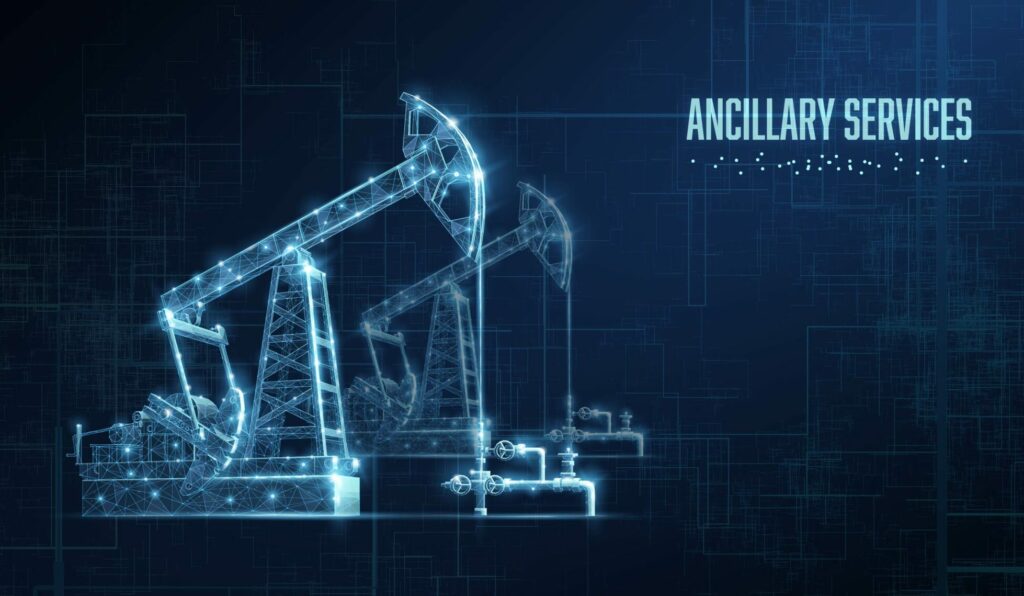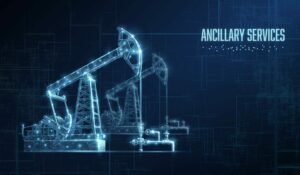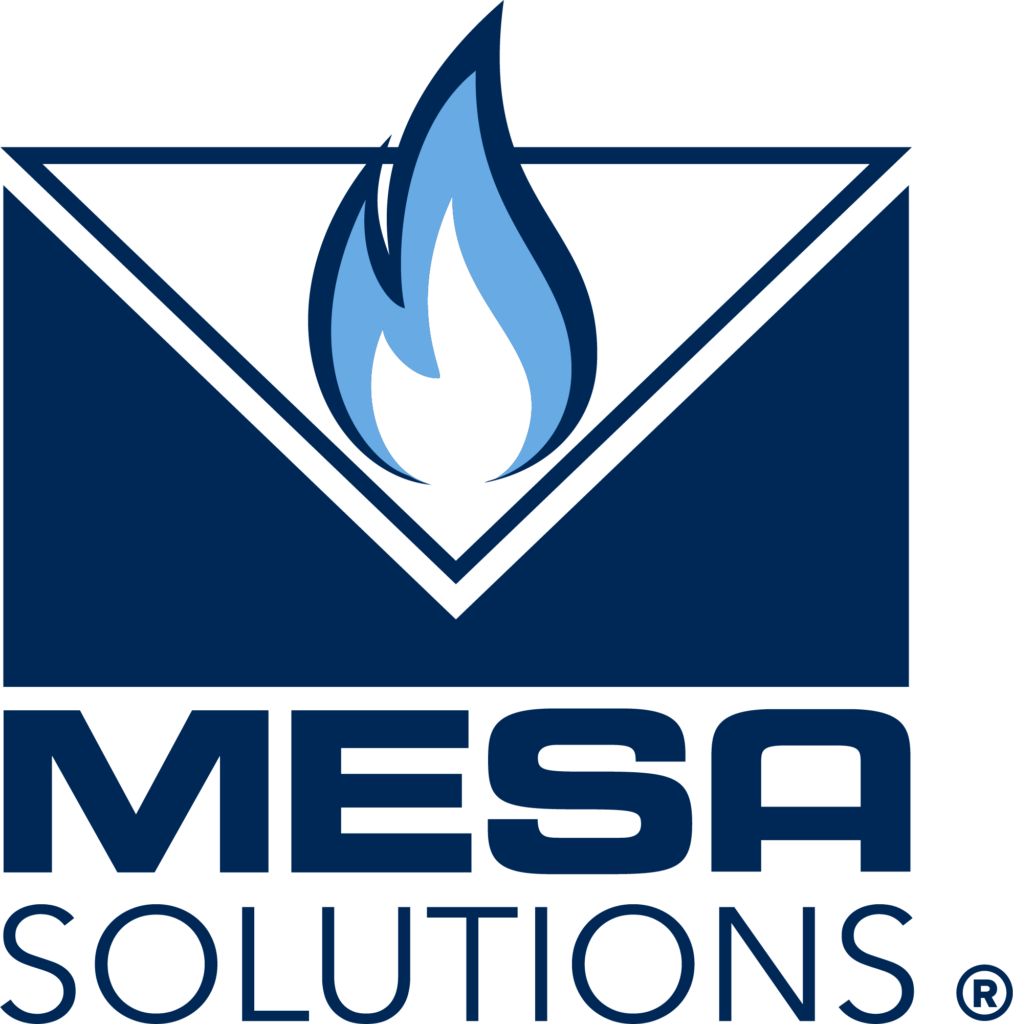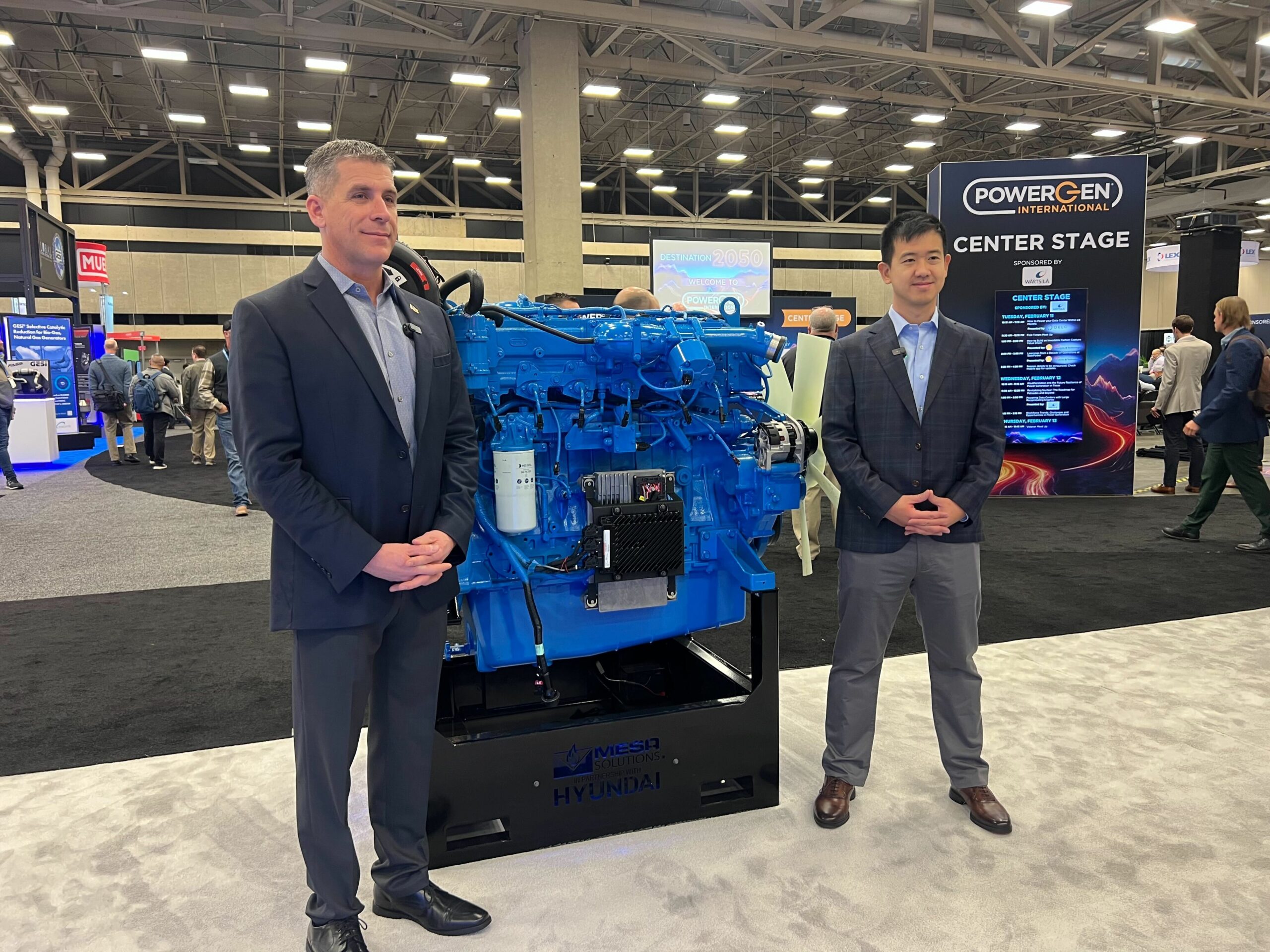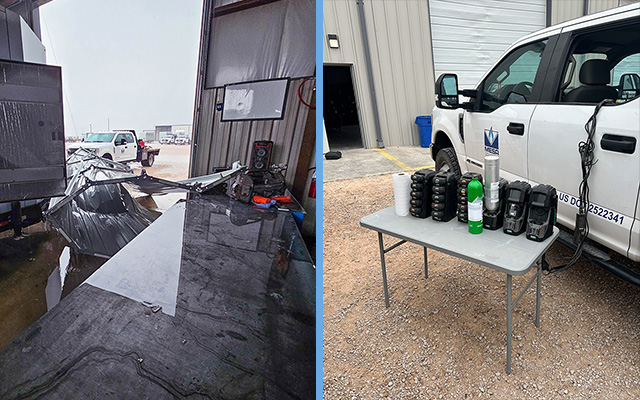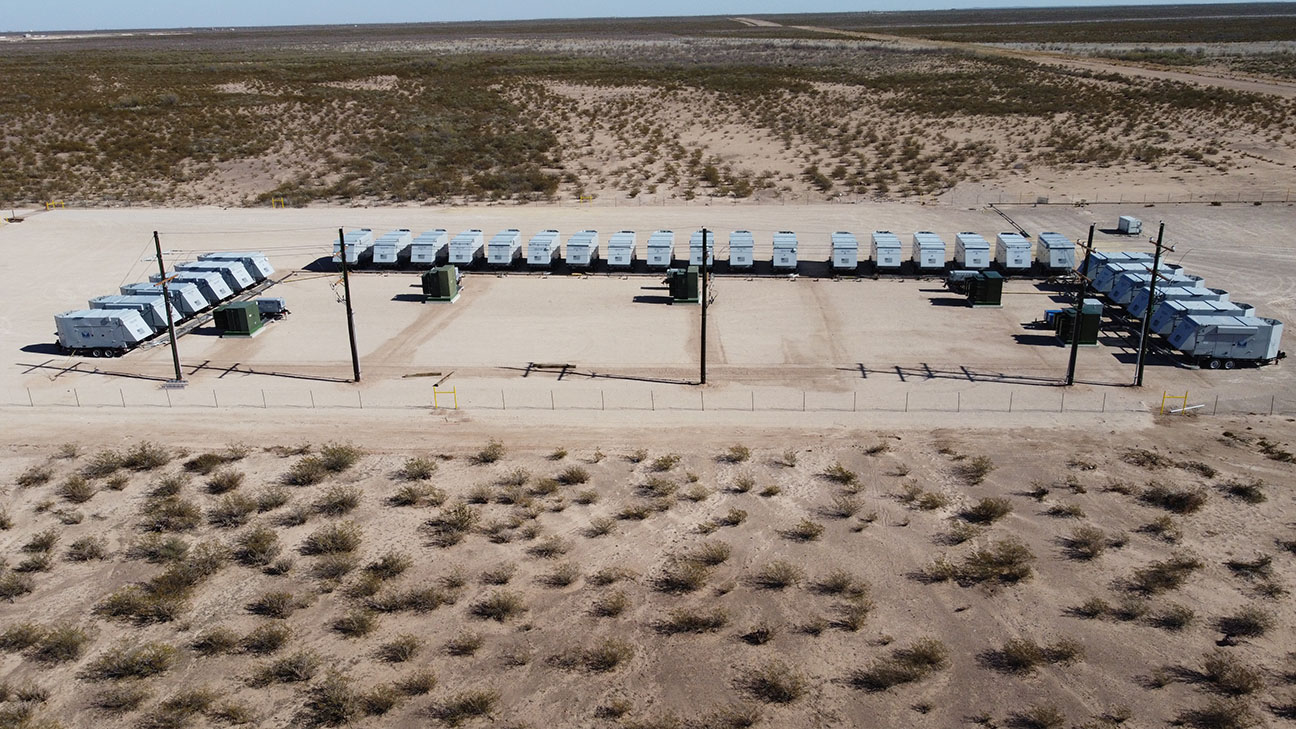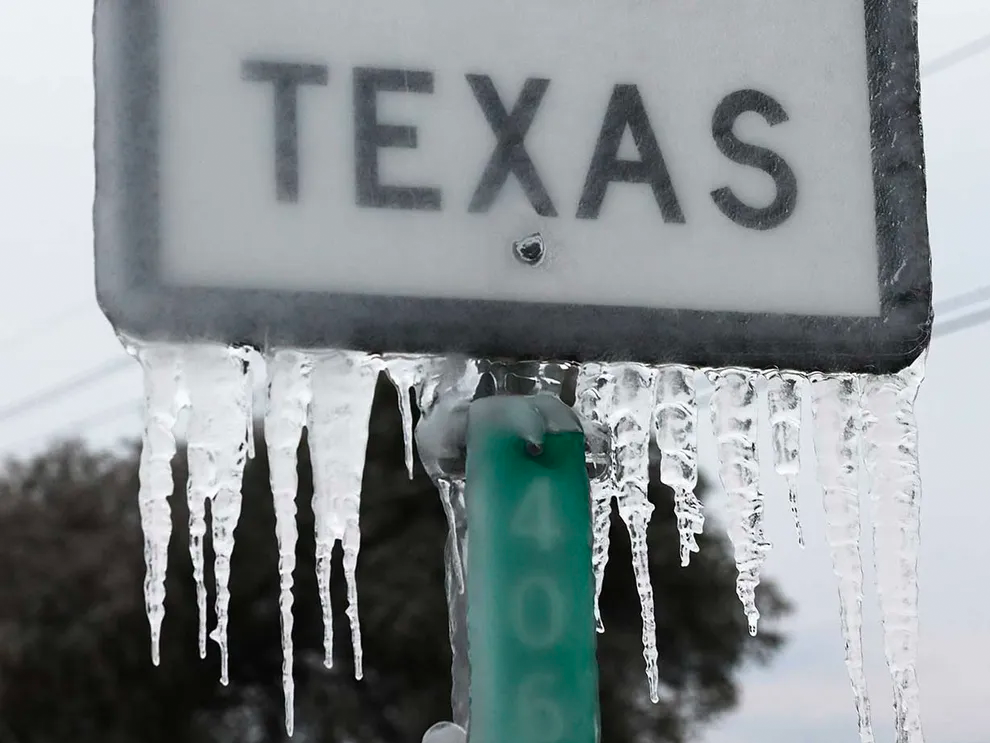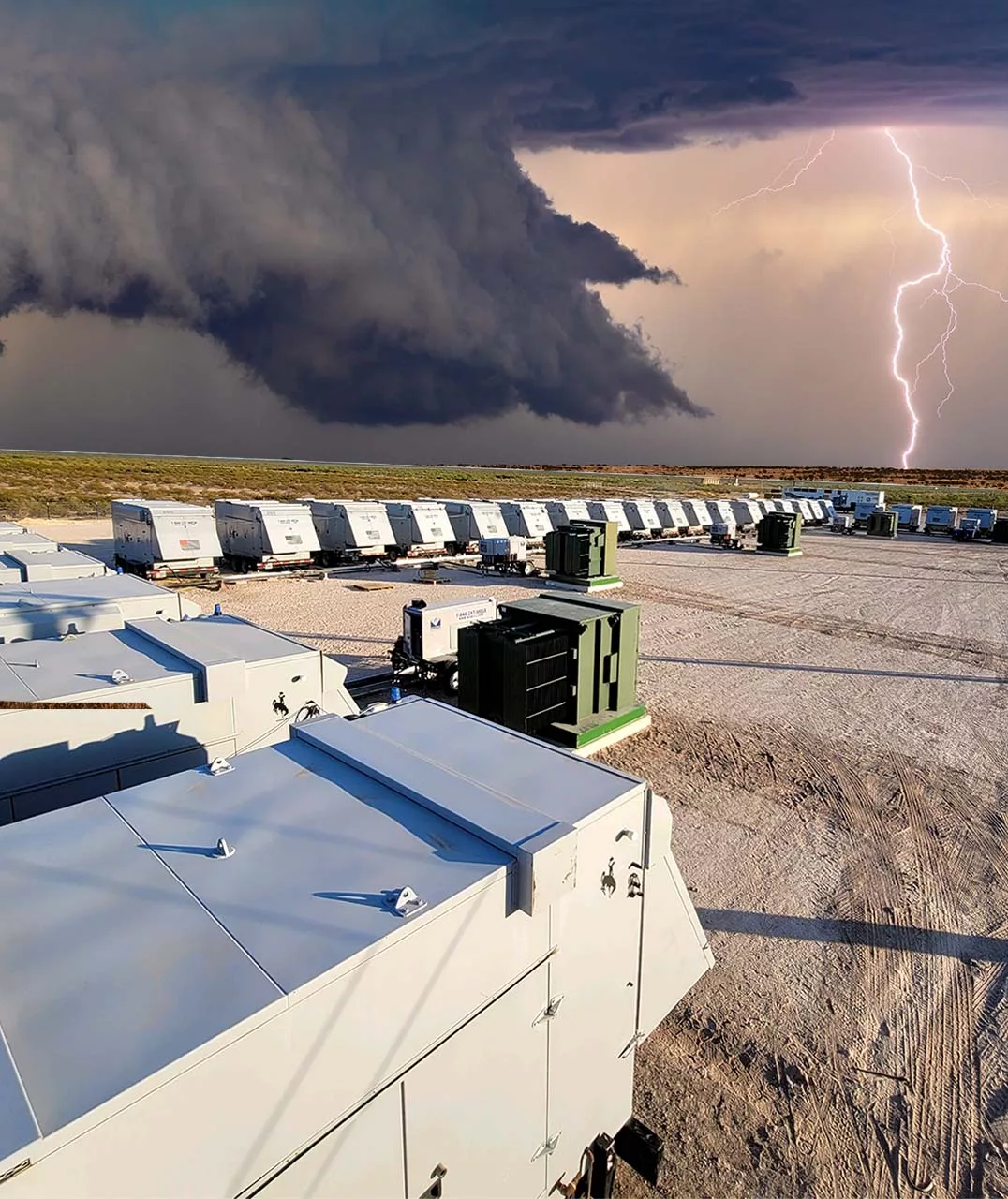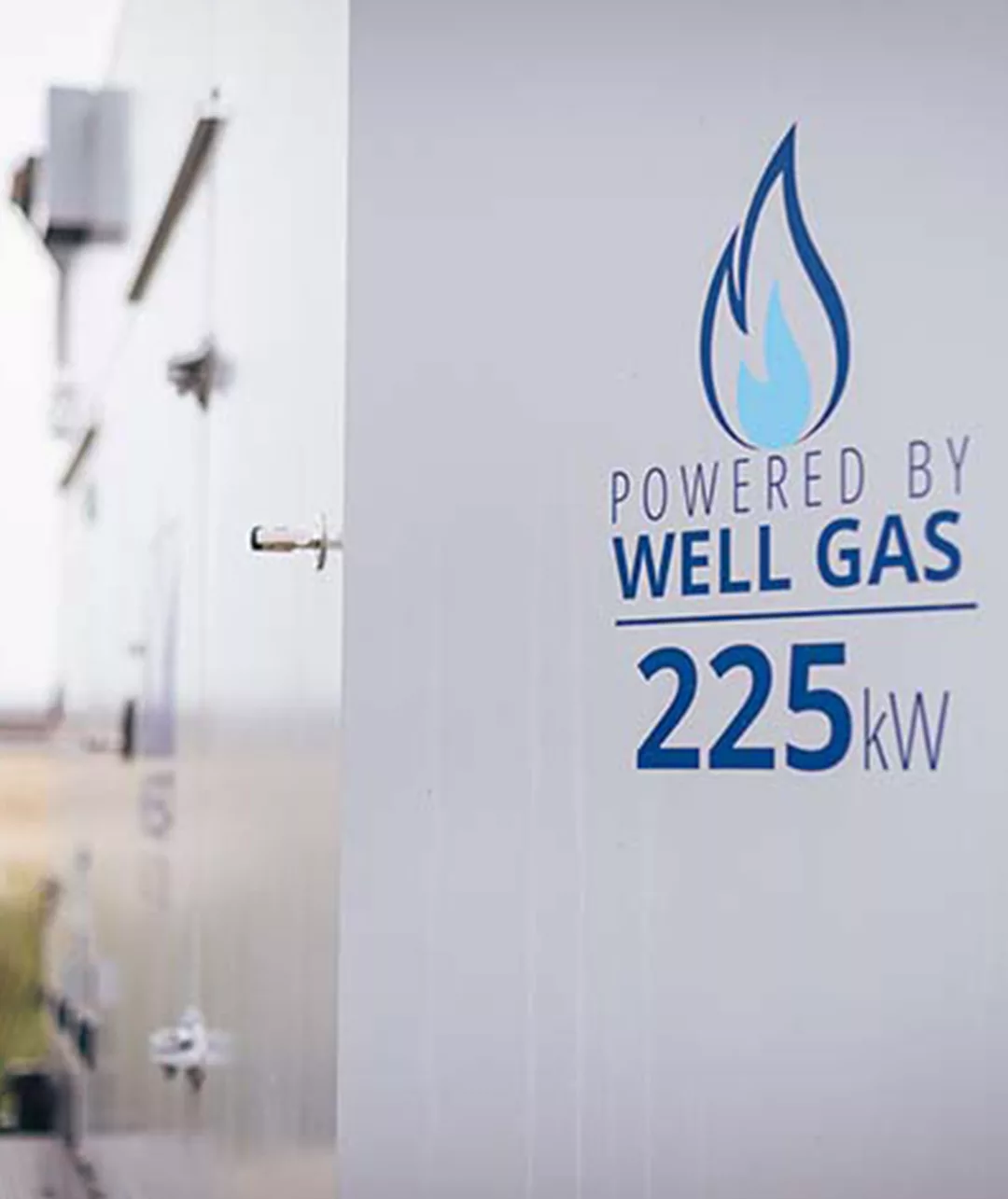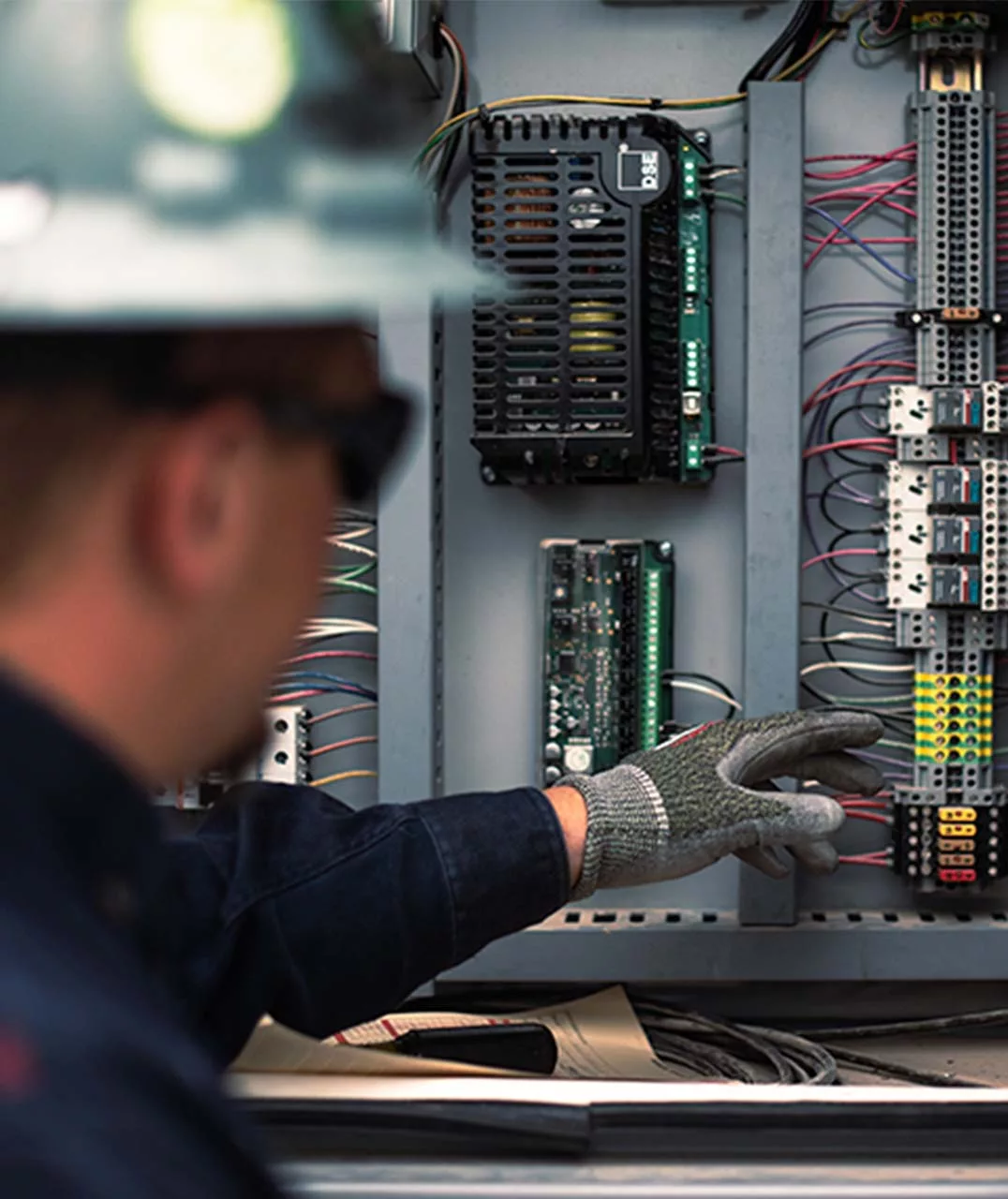Mesa Solutions understands that to know where things are going, we must know where things have been. Mesa Solutions cares about history, place, roots. Driving our work at this point is a compilation of all that have come before us, building upon hard work that has already been done. This article is aimed at giving Mesa Solutions’ customers a brief drilling history and lifting as it relates to oil production.
The word petroleum derives from the Latin petra ‘rock’ and Latin oleum ‘oil’ – literally, “rock oil”. Bituminous rocks and liquid and gaseous hydrocarbons are often exposed at the earth’s surface or flow freely at low pressures – a natural occurrence commonly known as a petroleum seep. Early civilizations exploited these natural seepages of petroleum, asphalt, bitumen, tar and pitch for thousands of years, evidenced by bitumen adhesive on the ancient tools of the Neanderthals, as a setting material for Mesopotamian jewelry, and, in antiquity, as the waterproofing for Greek and Roman ships.
The Chinese were the first to drill wells in order to reach the hydrocarbons trapped beneath the surface. By the 4th century, possibly earlier, Chinese engineers were reaching depths of up to 800 feet (244 m) using nothing more than rudimentary bits attached to bamboo poles. The natural pressure of the subsurface reservoirs into which they were drilling was high enough for oil and gas to escape unaided to the surface. Eventually, the Chinese constructed an extensive network of bamboo pipelines, connecting the once isolated wells with distant salt springs where they then burned the petroleum to evaporate brine and produce salt. moving through the history of drilling it would be another fifteen hundred years before George Bissell and Edwin Drake would drill the first successful oil well in the U.S. just outside of Titusville, Pennsylvania.
Unlike drilling history, today it is not uncommon for oil and gas wells to reach depths of tens of thousands of feet. In 2009, the Deepwater Horizon rig drilled the deepest oil well to date, reaching a vertical depth of 35,050 feet (10,683 m). To put that in perspective, the peak of Mt. Everest reaches a daunting 29,029 feet (8,848 m) above sea level. In the continental U.S., the average depth of a well is somewhere around 6,000 feet (1,829 m). Nevertheless, the production characteristics of a well can vary widely by differences in depth of just a few hundred feet.
The term “production characteristics” encompasses a number of measurable and, often, augmentable physical attributes of a well, the underlying geological formation(s), and the hydrocarbons trapped within. Given an appropriate combination of these characteristics, the natural energy of a reservoir can be enough to push oil and gas to the surface. In drilling history the “oil gusher” is the quintessential example of such an occurrence. The image of oil shooting hundreds of feet into the air and of workmen scrambling to escape the torrent of oil has played out in popular culture for the better part of the past century. Today, engineers use advanced drilling techniques and put in place mechanical barriers to prevent such blowouts. Even then, accidents can and will happen.
While some wells are capable of natural production, most wells are not, therefore requiring some sort of assistance referred to as artificial lift. Not only may a newly completed well not be capable of natural production, but the reservoir pressure and production rate of older wells and mature formations will fall off over time, as well. Over the time of this well’s drilling history, the decline is inevitable. Engineers today use decline curve analysis to extrapolate trends in the production data from oil or gas wells. Doing so allows them to predict, within a certain level of confidence, future production rates and the estimated ultimate recoverable (EUR) reserves.
Mesa Solutions believes in building a transparent professional relationship with customers. It is our goal to help create an informed customer so we can better meet their needs. Our customers are part of our team and deserve the best customer service available in the industry. Mesa Solutions aims to provide that service.
